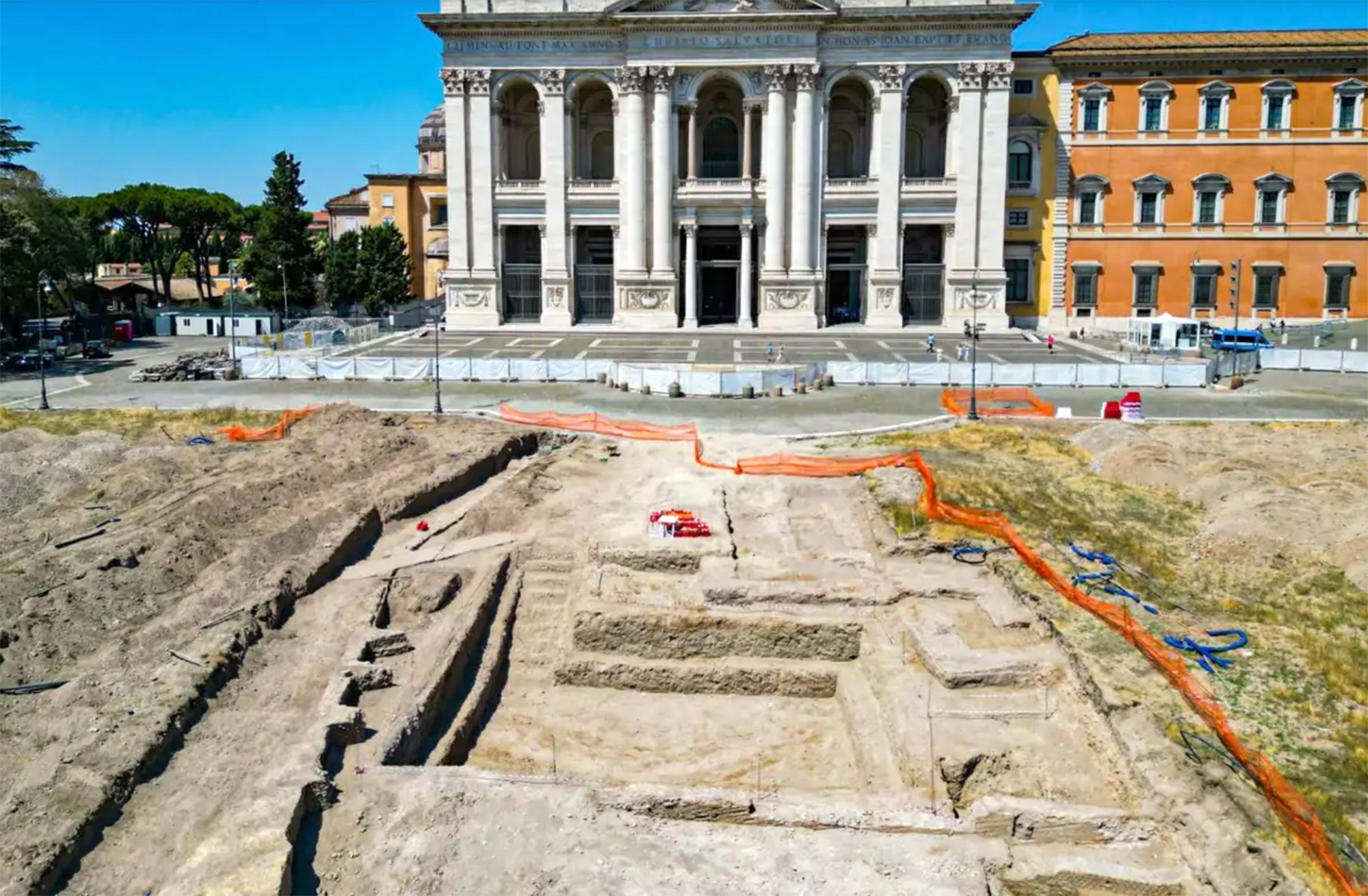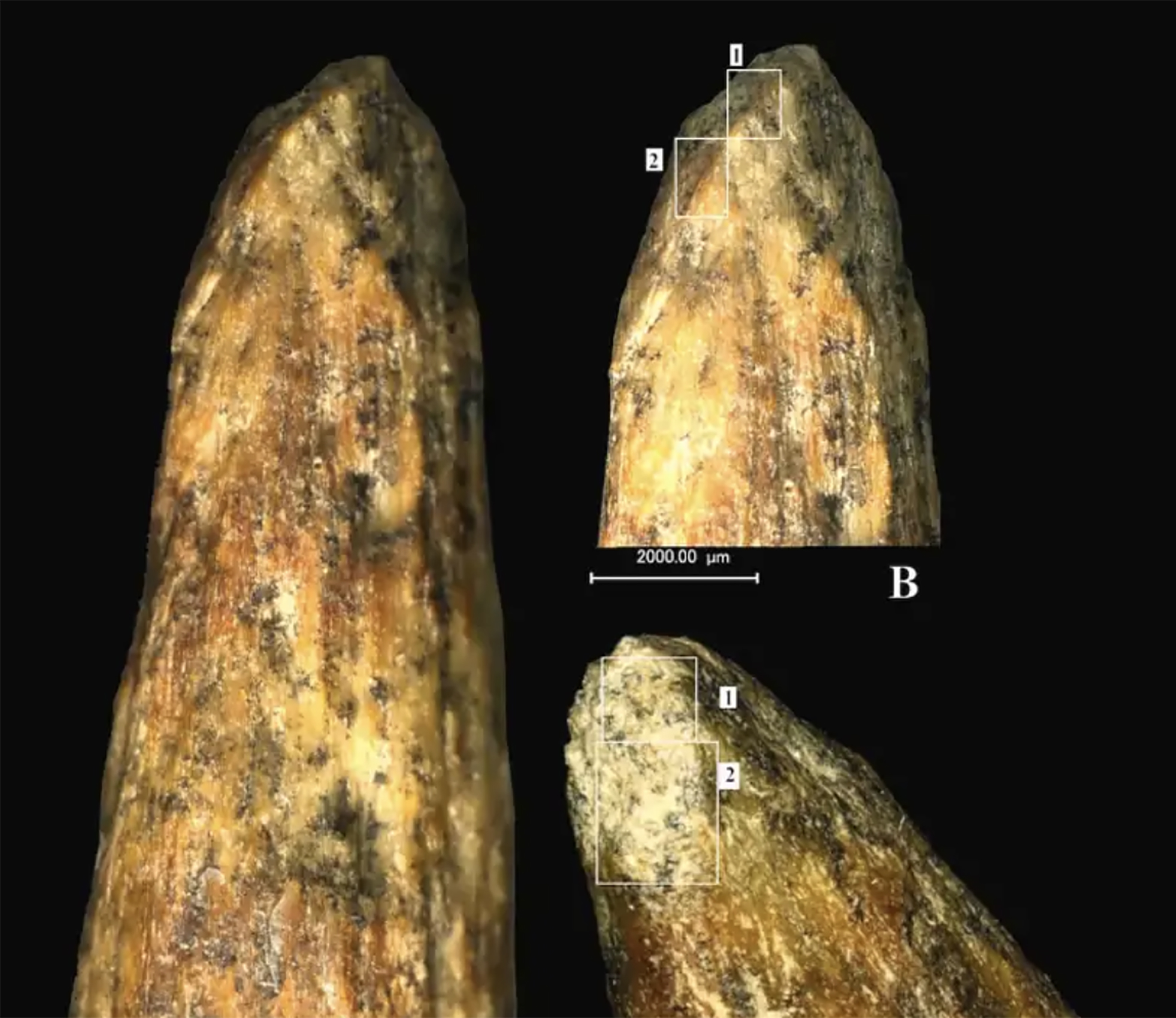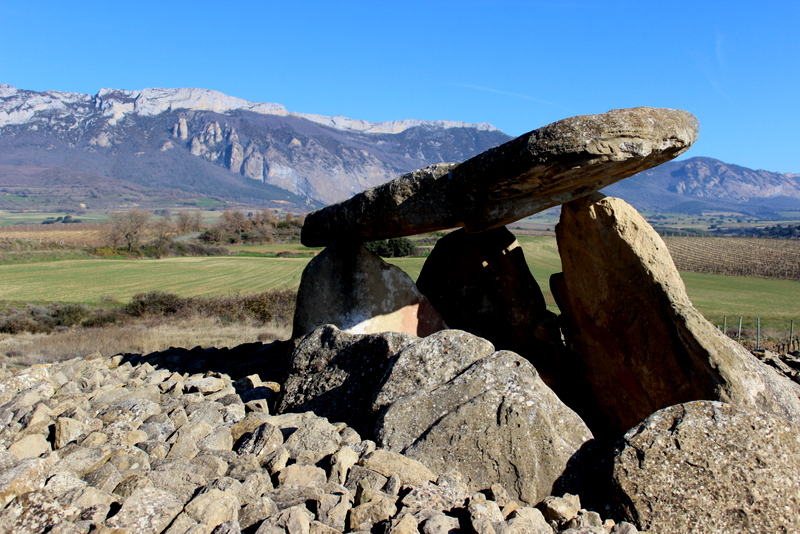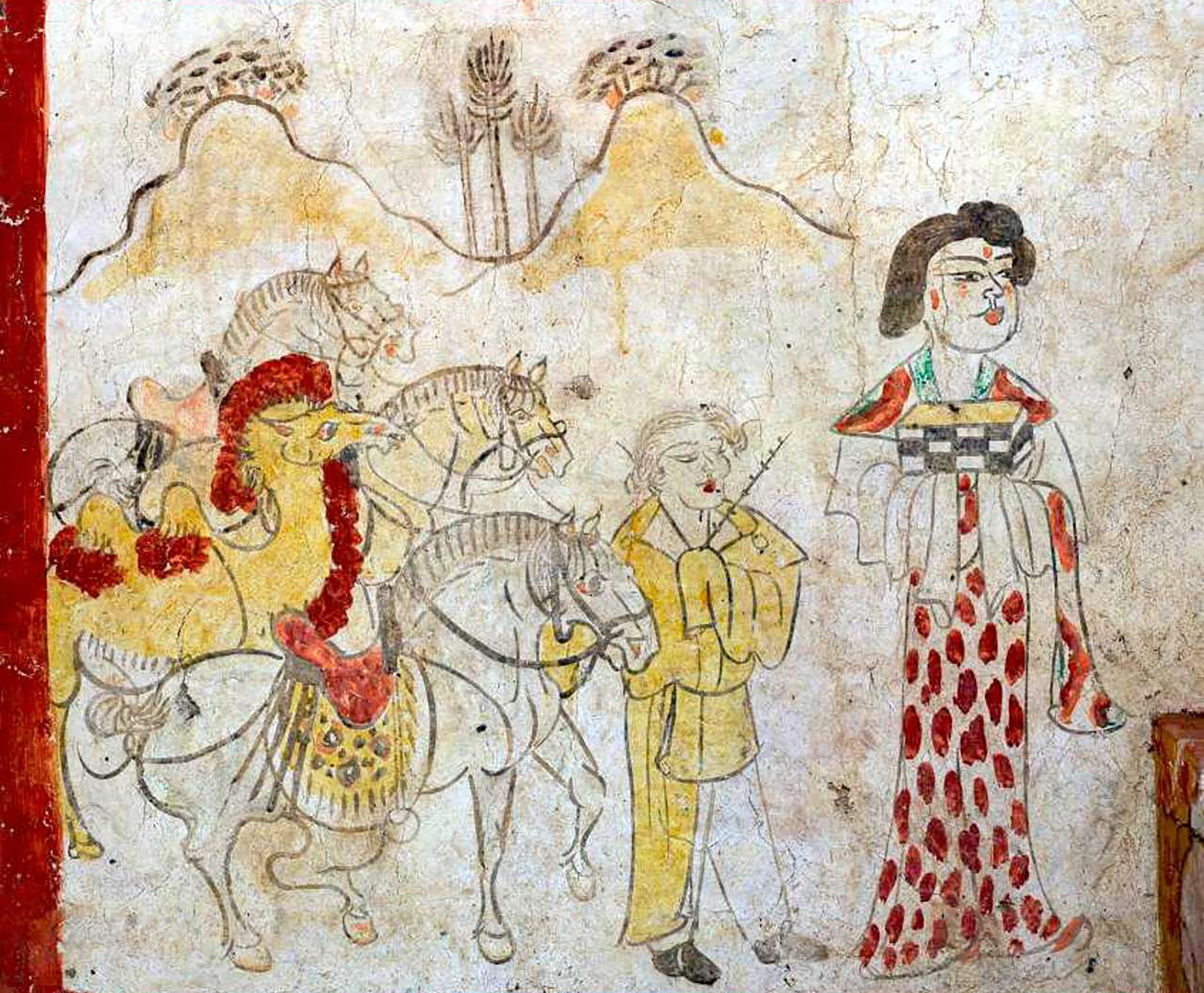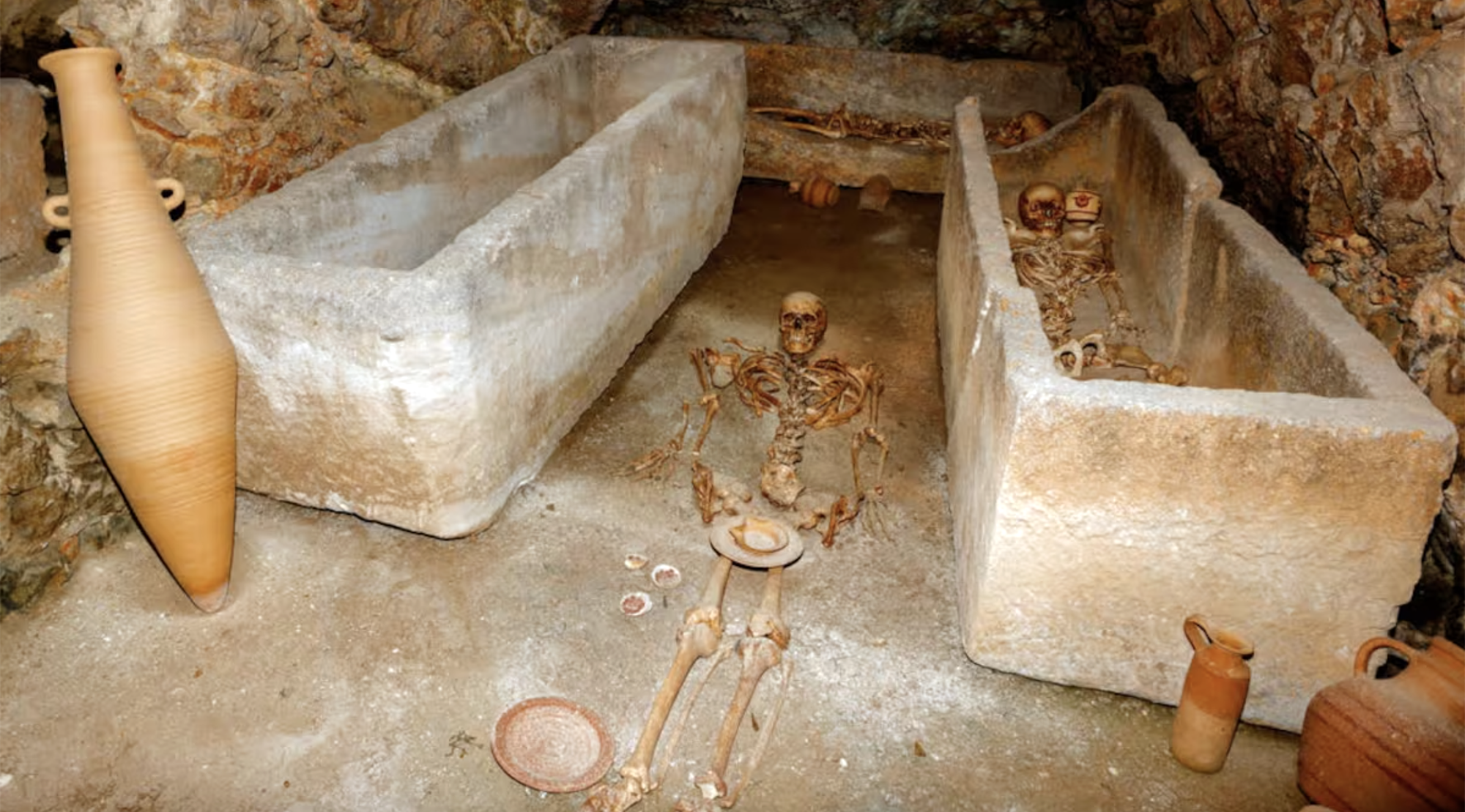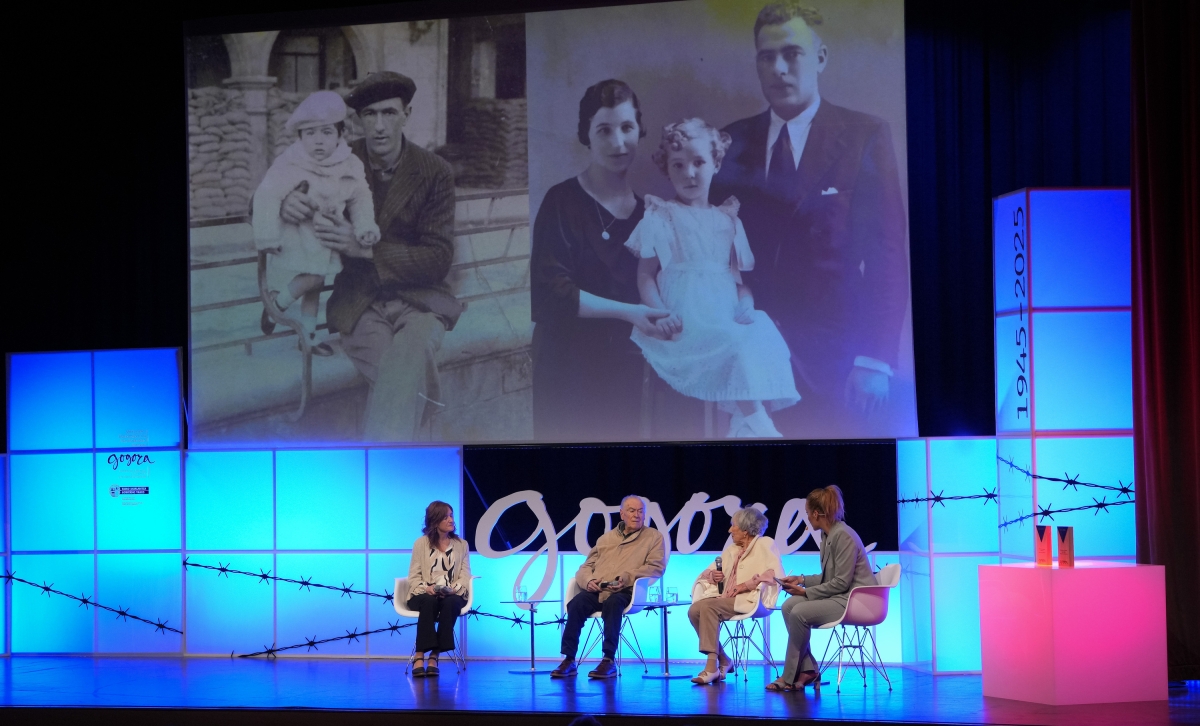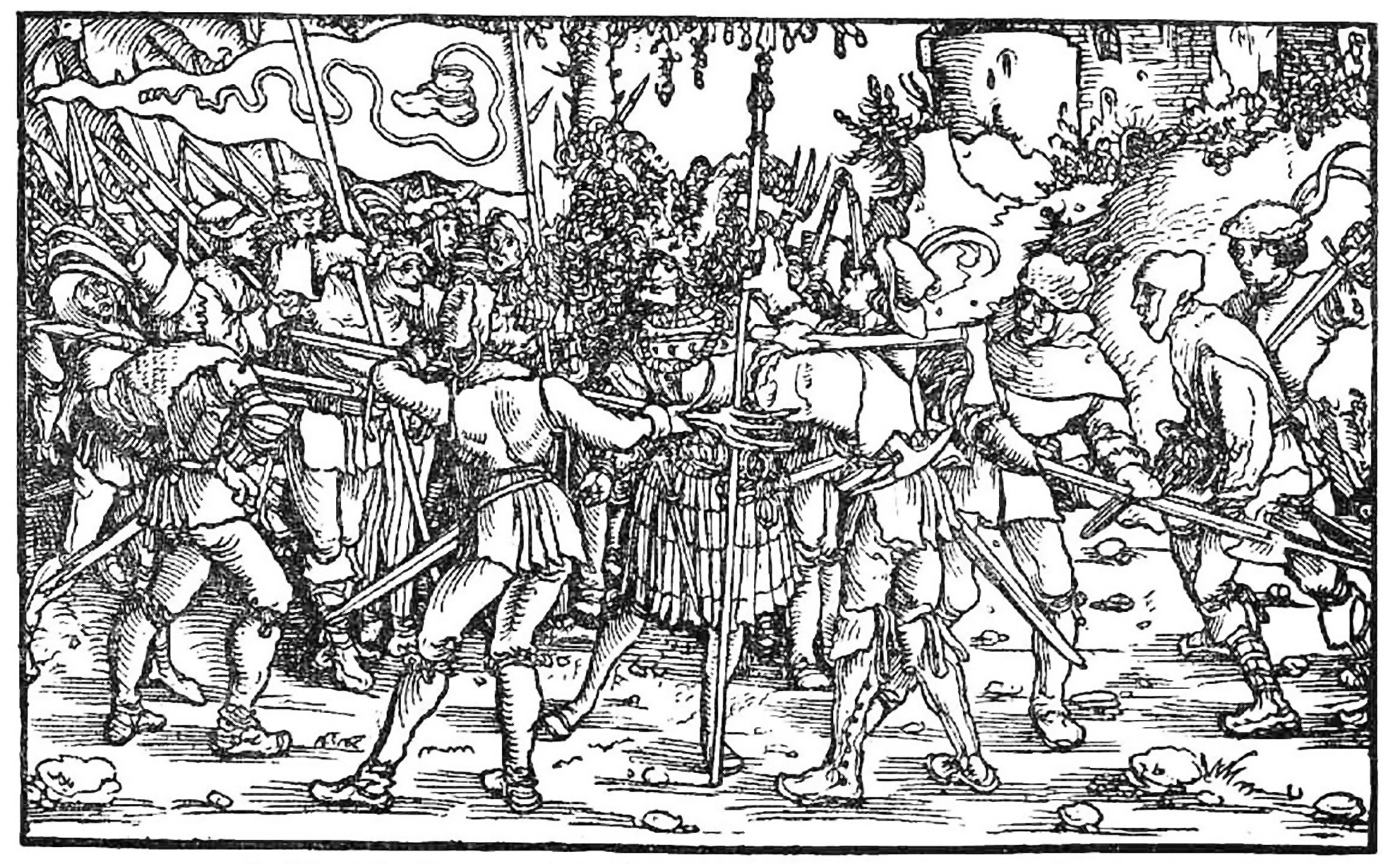Lady Godiva's Nude Legend

Coventry (England), 11th century The Lord of the city of Leofric (968–1057) had killed the people for the suffocating taxes. Her wife, Lady Godiva, insisted on calming the burdens and Leofric finally agreed to alleviate taxes if her wife, riding and naked, walked the streets of Coventry. After ordering all the inhabitants to stay at home and close the windows, Godiva fulfilled the condition of the Count, covering his naked body with his long hair. Thus, Leofric abolished heavy taxes. At least that's what the legend says.
Lady Godiva really existed, although little data about her has come to us. When he married Leofric, he was already a widow, according to Liber Eliensis. In 1043 the marriage founded the Benedictine monastery of Coventry. Roger of Wendover wrote in the 12th century that the countess convinced her husband to give him funds for the foundation of the monastery. Their names appear in documents as benefactors from other religious houses, such as Worcester, Lincolnshire... The people of Coventry, Lady Govdiva also gave a magnificent result. Series of pieces worked by the well-known Mannig urregin. The latest news of Govdiva's actions date back to 1066, and we know that in 1088 he had already died.
Although these data suggest that the countess was generous, the legend of nudity does not seem to be true. The legend was first written in the 13th century, 200 years after the event. Several historians see the story as a rite of pagan fertility: the future queen had to walk naked in the streets to celebrate the arrival of spring. Another explanation is the processions of the time. Those who repented would make their way in the inner suit. Govdiva would have done it with his suit under penance, but over time he would have stripped of all his clothes and added more attractive elements to him. Moreover, according to Anglo-Saxon laws – we are talking about the time before the Norman conquest – Lady Govira also had the power to establish taxes. So a horse's march doesn't make sense.
Not even one of the most well-known moments of voyeurism in history has any real basis. Legend has it that Tom, the tailor, made a hole in the shutter to see the gentleman, and that the moment he saw Lady Godiva was blind. Well, in the oldest sources in history, you see no trace of Tom Begiluze. In addition, Tom (Thomas) is not an Anglo-Saxon name, and in this small Coventry, made up of 69 families, there is unlikely to be a resident named Tom. Or protest naked against the tax that the most powerful woman in the country had imposed with her consent.
Pond of Venice, year 452. Prompted by the Huns' invasion, several inhabitants of the interior of the Italian peninsula took temporary refuge in the swampy area. But the Lombard invasions came in a few years, and it would become a permanent home for those immigrants. It was a... [+]
During a routine excavation in the Piazza San Giovanni in Laterano in Rome, archaeologists carried out the IX-XIII. They unexpectedly found the remains of a palace dating back to the centuries. And they think it could be the residence of the popes of the time. In other words,... [+]
More and more studies indicate that Neanderthals had more advanced cognitive abilities than previously thought. The latter, published in the Journal of Archeological Science, refers to the spearhead of bone found in the Mezmaiskaya cave in Russia in 2003.
Using microscopy,... [+]
The Indus Valley, about 5,000 years ago. The city of Mohenjo-Daro had about 35,000 inhabitants and, according to recent PNAS publication, had a very low Gini coefficient of 0.22 – a coefficient that measures the economic inequality of societies through the degree of... [+]
I've been enjoying a book lately. In a very short time I have read it twice; the first with pure delight and the second with a pencil in my hand. Hoces de piedra, martillos de bronce, by the Spanish archaeologist Rodrigo Villalobos, aims to explore prehistoric society to answer... [+]
In the Chinese province of Shanxi, in a tomb of the Tang dynasty, paintings depicting scenes from the daily lives of the dead are found. In one of these scenes a blonde man appears. Looking at the color of the hair and the facial expression, archaeologists who have studied the... [+]
Carthage, from B.C. Around the 814. The Phoenicians founded a colony and the dominant civilization in the eastern Mediterranean spread to the west. Two and a half centuries later, with the decline of the Phoenician metropolis of Tyre, Carthage became independent and its... [+]
Salvador Puig Antich frankismoaren kontrako militantea izan zen. Askapen Mugimendu Iberikoko kidea, 1973ko irailaren 25ean atxilotu zuten. Gerra-kontseilua egin zioten, eta garrotez exekutatu zuten handik sei hilabetera, 1974ko martxoaren 2an. Aurtengo otsailean baliogabetu du... [+]
Rudolf Botha hizkuntzalari hegoafrikarrak hipotesi bat bota berri du Homo erectus-i buruz: espezieak ahozko komunikazio moduren bat garatu zuen duela milioi bat urte baino gehiago. Homo sapiens-a da, dakigunez, hitz egiteko gai den espezie bakarra eta, beraz, hortik... [+]
Böblingen, Holy Roman Empire, 12 May 1525. Georg Truchsess von Waldburg overthrew the Württemberg insurgent peasants. Three days later, on 15 May, Philip of Hesse and the Duke of Saxony joined forces to crush the Thuringian rebels in Frankenhausen, killing some 5,000 peasants... [+]












